Top 10 Art Museums Housed in Architectural Icons
Art museums around the world often serve as cultural beacons, not just for their collections but also for their architectural significance. The interplay between art and architecture enhances the visitor experience, with many museums designed by renowned architects that transform the way we appreciate art. Here are ten exceptional art museums that stand out not only for their impressive exhibitions but also for their iconic structures.
Among the top ten art museums housed in architectural icons, the Guggenheim Museum in New York, designed by Frank Lloyd Wright, is a prime example of innovative design, featuring a spiraling ramp that encourages a unique flow of movement through the galleries. The Louvre Pyramid in Paris, crafted by I.M. Pei, serves as a modern entrance to the historic palace, merging contemporary architecture with centuries of artistic heritage. The Museum of Modern Art (MoMA), also in New York, showcases a sleek, modern façade that reflects its focus on contemporary work. Other notable mentions include the National Gallery of Art in Washington, D.C., which combines neoclassical and modern elements, and the Tate Modern in London, a repurposed power station that represents industrial history and artistic innovation. Each of these museums not only houses remarkable collections but also tells a story through their architectural designs, making them destinations that resonate with art lovers and architecture enthusiasts alike.

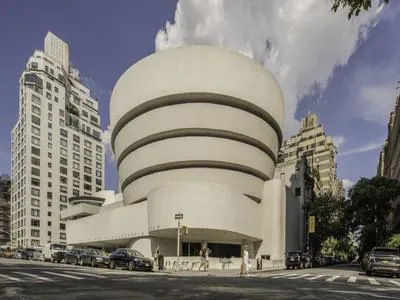 View All
View AllThe Guggenheim Museum - Iconic spiral design, modern art haven in New York.

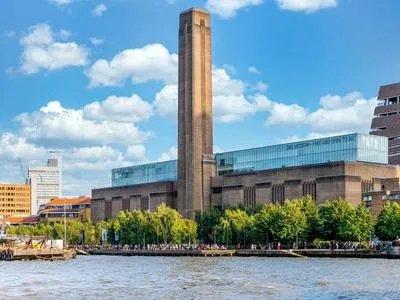 View All
View AllTate Modern - Innovative former power station showcasing contemporary art.

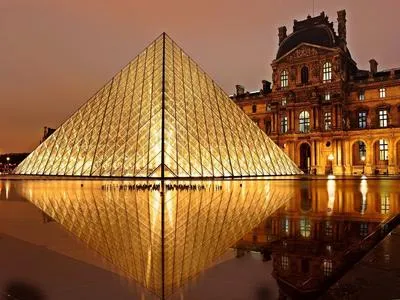 View All
View AllLouvre Museum - Historic museum housing renowned art, including the Mona Lisa.

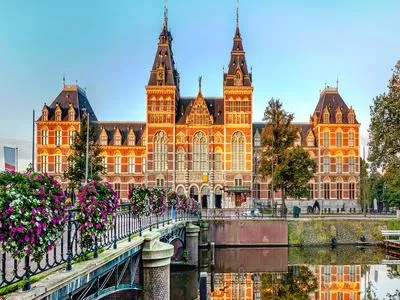 View All
View AllRijksmuseum - Dutch art museum featuring Rembrandt and Vermeer masterpieces.

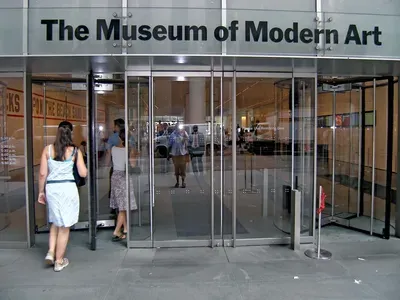 View All
View AllMuseum of Modern Art (MoMA) - Innovative design showcasing modern and contemporary art masterpieces.

 View All
View AllGetty Center - Stunning art museum with modern architecture and beautiful gardens.

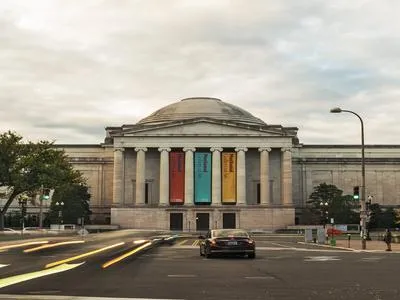 View All
View AllNational Gallery of Art - Renowned art museum featuring iconic neoclassical architecture.

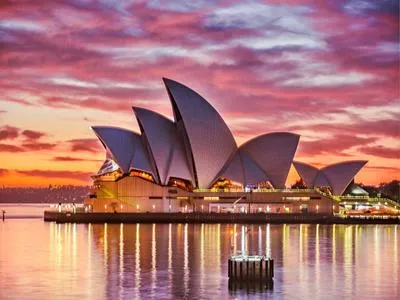 View All
View AllSydney Opera House - Iconic architectural masterpiece and cultural landmark in Sydney.

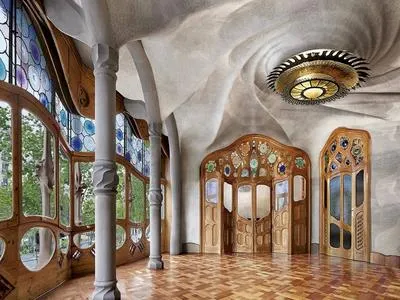 View All
View AllCasa Batlló - Gaudí's masterpiece, colorful facade, unique organic shapes.

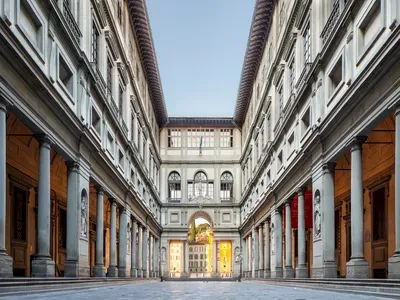 View All
View AllUffizi Gallery - Renaissance art treasure in Florence, Italy's historic center.
Top 10 Art Museums Housed in Architectural Icons
1.
The Guggenheim Museum
Pros
Iconic architectural design by Frank Lloyd Wright
Extensive collection of modern and contemporary art
Unique spiral ramp for immersive viewing
Dynamic exhibition programs
Stunning location along Central Park West
Cons
High admission fees
Limited exhibition space
Crowded during peak times
Accessibility challenges
Controversial modern art collection.
2.
Tate Modern
Pros
Innovative industrial architecture
Diverse contemporary art collections
Engaging public programs
Stunning views from the viewing level
Free entry to permanent collections.
Cons
Crowds can overwhelm the experience
some installations may feel inaccessible
limited focus on traditional art
high entry fees for special exhibits
confusing layouts for navigation.
3.
Louvre Museum
Pros
World's largest art museum
iconic glass pyramid entrance
diverse collection spanning centuries
rich history and cultural significance
stunning architectural design.
Cons
Crowded with tourists
high entry fees
limited display time for artworks
overwhelming size
occasional maintenance closures.
4.
Rijksmuseum
Pros
World-class collection of Dutch masterpieces
Stunning architectural design by Pierre Cuypers
Rich historical context and storytelling
Beautifully landscaped gardens
Engaging educational programs and activities.
Cons
Crowded
especially during peak seasons
Limited interactive exhibits
Some artworks may be underwhelming
High admission fees
Accessibility challenges for strollers or wheelchairs.
5.
Museum of Modern Art (MoMA)
Pros
Innovative architecture enhances the art experience
Diverse exhibitions showcase contemporary works
Renowned collection of modern masterpieces
Educational programs for all ages
Vibrant cultural hub in New York City.
Cons
Crowded during peak hours
High admission fees
Limited accessibility for some visitors
Controversial art interpretations
Not family-friendly for younger kids.
6.
Getty Center
Pros
Stunning architecture
breathtaking views of Los Angeles
diverse art collections
tranquil gardens
innovative exhibitions.
Cons
High parking fees
limited public transportation access
crowded during peak times
some artworks not on display
complicated layout.
7.
National Gallery of Art
Pros
Stunning collection of American and European art
Free admission for all visitors
Beautiful architecture and design
Central location in Washington
D.C.
Engaging educational programs and resources.
Cons
Limited contemporary art collection
crowded during peak hours
accessibility challenges for some visitors
restricted photography policies
lack of interactive exhibits.
8.
Sydney Opera House
Pros
Iconic architectural design
stunning harbor views
diverse cultural performances
UNESCO World Heritage site
vibrant arts community.
Cons
High maintenance costs
limited exhibition space
acoustics can be inconsistent
overcrowded tourist destination
accessibility issues for some visitors.
9.
Casa Batlló
Pros
Unique Gaudí architecture
vibrant colors and shapes
immersive cultural experience
UNESCO World Heritage site
innovative use of light.
Cons
Overcrowded with tourists
Expensive entry fees
Limited accessibility for disabled visitors
Fragile artwork preservation
Not a traditional art museum.
10.
Uffizi Gallery
Pros
Rich collection of Renaissance masterpieces
Stunning architectural beauty
Historical significance in art
Central location in Florence
Engaging visitor experience.
Cons
Crowded with tourists
Limited accessibility for disabled visitors
High ticket prices
Restricted photography rules
Long wait times for entry.
Similar Topic You Might Be Interested In
- Top 10 Ancient Ruins Hidden in the Jungle
- Top 10 Archaeological Sites Rediscovered in the Last Century
- Top 10 Roman Amphitheaters Outside Italy
- Top 10 Stone Circles Older Than Stonehenge
- Top 10 Historic Villages Preserved in Time
- Top 10 Viking Sites and Relics in Europe
- Top 10 Medieval Castles Built on Cliffs
- Top 10 Fortified Cities from Ancient Civilizations
- Top 10 Famous Battlefields to Visit
- Top 10 Best-Preserved Medieval Walled Towns